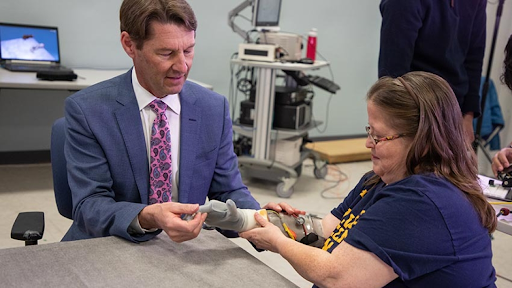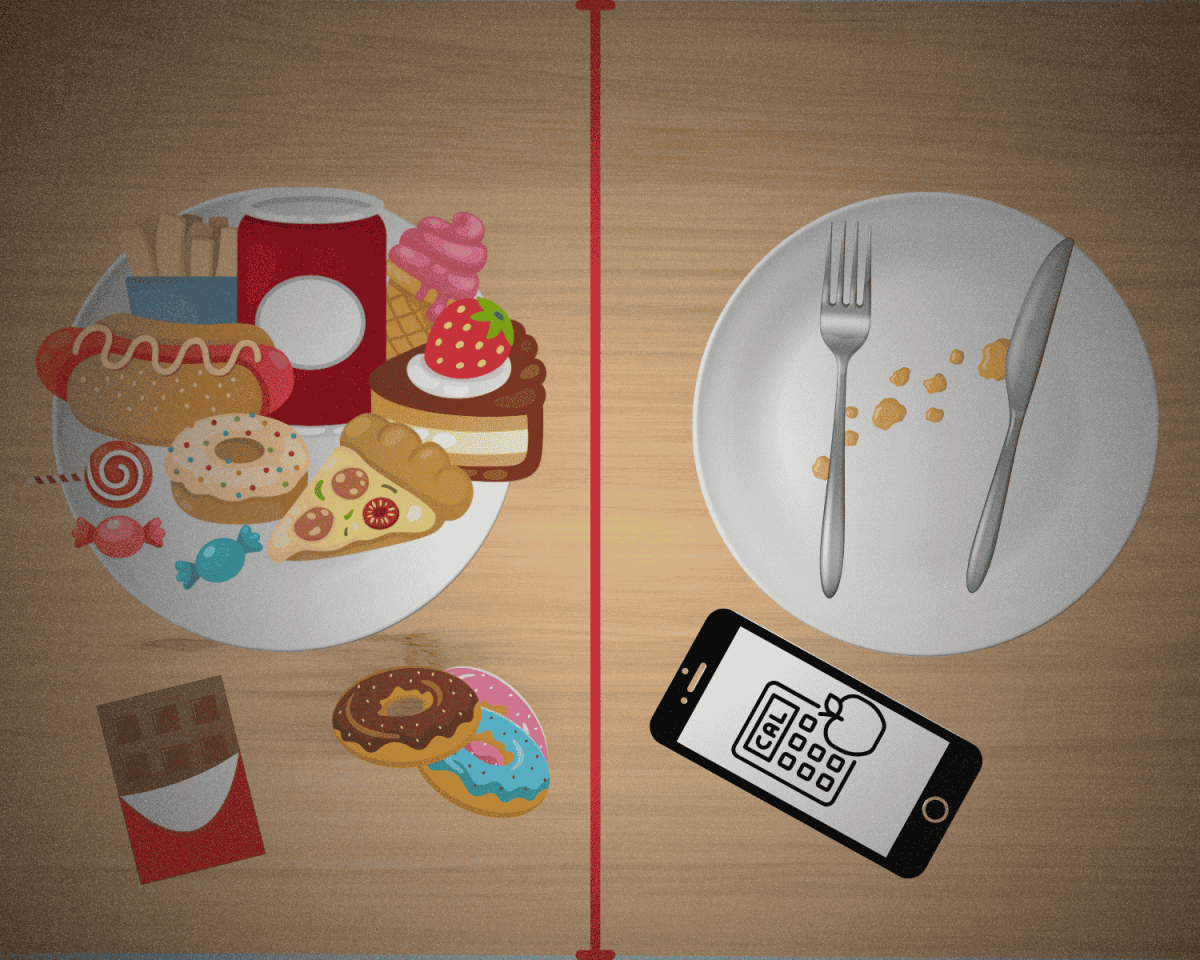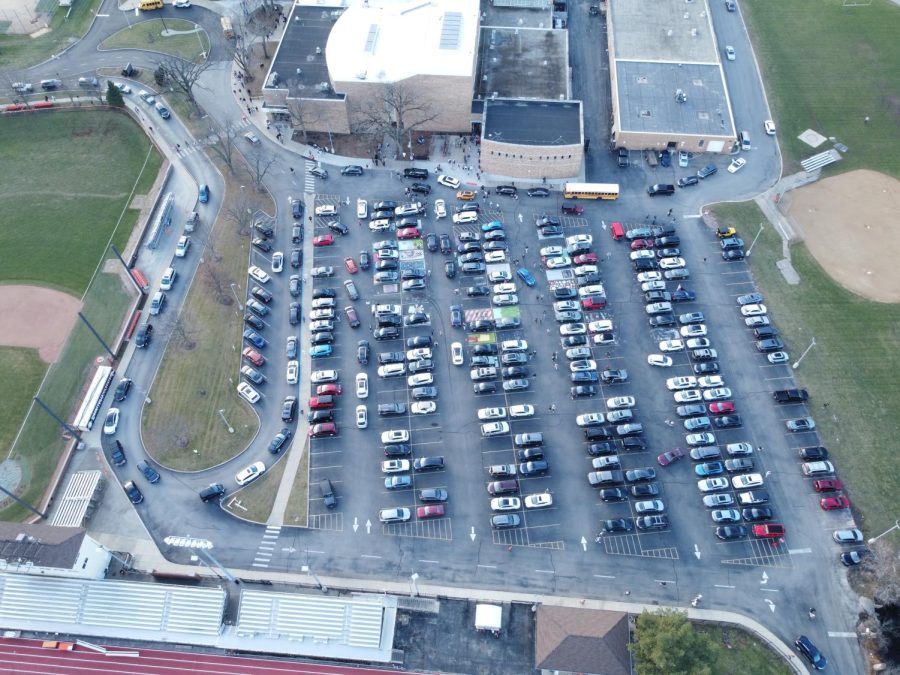Motor vehicle accidents remain a significant concern, particularly among teenage drivers, who face a higher risk of accidents compared to other age groups. Adding more restrictions to teenage drivers would drastically decrease the amount of accidents occuring. The immaturity and inexperience of teenage drivers leads to a higher likelihood of engaging in risky behaviors on the road. According Fischer, who is the director of the state’s Highway Traffic Safety Division, “The main causes of teenage car accidents were inexperience, speeding, failing to wear seat belts, and use of cell phone calls while driving.”” In response to this issue, increasing restrictions on teenage drivers is necessary to reduce accident rates.
Teenagers lack the experience and maturity necessary to navigate complex traffic situations effectively. Their limited exposure to diverse driving conditions makes it challenging for them to make quick decisions on the road. John Corlett says, “… Automobile crashes are the leading cause of teenage deaths. A quarter of a million teenagers are injured annually in motor vehicle crashes. Those statistics should be a wake-up call that our youngest drivers are at serious risk. New York law is missing key components of a Graduated Driver Licensing system, such as stringent passenger restrictions, minimum recommended behind-the-wheel training requirements and a ban on the use of wireless devices by teenagers while driving.”
Teenagers are more prone to engaging in risky behaviors, such as speeding, distracted driving, and driving while intoxicated. The allure of thrilling activities and peer pressure can amplify these tendencies, leading to a higher likelihood of accidents. According to Progressive, “Teens are more likely to be involved in a crash than any other age group, and car crashes are the second leading cause of death amongst teenagers in the U.S., according to the Centers for Disease Control and Prevention (CDC).” Progressive went on to say, “Distractions, less skill managing driving speed, and a reduced awareness of surroundings often play a role in accidents involving teenage drivers.”
According to Christian Hauser, “Dietrich’s daughter, 17-year-old Sydnee Williams, was driving Oct. 18, 2013, when she made the decision to pick up her phone and text while driving. Sydnee was not wearing a seat belt, and was ejected from the car after crashing. She died two days later because of her injuries.” Teenagers don’t have the proper experience and knowledge to be able to freely drive like any other adult while keeping safety the top priority. Countless similar stories have occurred and accident rates continue to rise. In order for rates to decrease, placing more restrictions on teenage drivers will need to occur.
While there are already many restrictions implemented on teenage drivers, such as curfews and passenger limitations, these measures may not go far enough in addressing the root cause of accidents. Dr. Morris says, “Among this age group, death in motor vehicle accidents outstrips suicide, cancer and other types of accidents.” The doctor went on to say, “Cars have gotten safer, roads have gotten safer, but teen drivers have not.”
While teenagers are still in the stage of maturing, they aren’t as experienced compared to other adults on the road. As safety is a priority desired in society, changes need to be made in order to fulfill that goal. Further restrictions need to be put in place to ensure the safety of both the driver and others they share the road with.






























